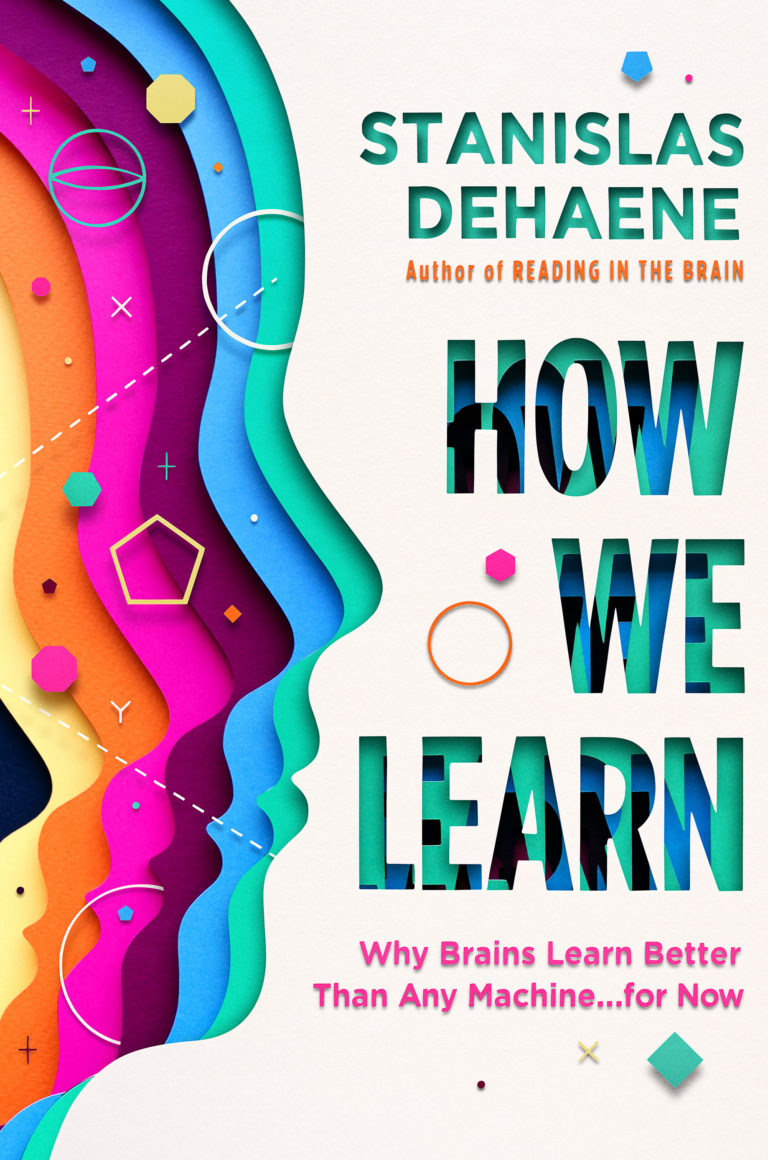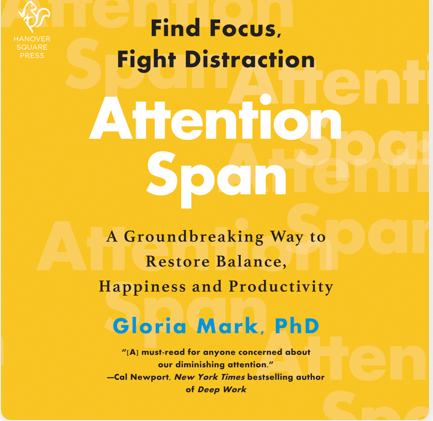Tags
ADHD adolescence attention book review boundary conditions classroom advice conference speakers constructivism/direct instruction creativity desirable difficulty development dual coding education elementary school embodied cognition emotion evolution executive function exercise experts and novices gender high school homework intelligence long-term memory math methodology middle school mindfulness Mindset motivation neuromyths neuroscience online learning parents psychology reading retrieval practice self-control skepticism sleep STEM stress technology working memoryRecent Comments
- Understanding Test Anxiety on Test Anxiety: How and When Does It Harm Students?
- A Skeptic Converted? The Benefits of Narrative |Education & Teacher Conferences on Help Me Understand: Narrative Is Better than Exposition
- Debate #4- Cell phones be banned from the classroom. | Aradhana's blog – ECI830 on Cell Phones in the Classroom: Expected (and Unexpected) Effects
- The Rare Slam Dunk? Blue Light Before Bed |Education & Teacher Conferences on “Writing By Hand Fosters Neural Connections…”
- Andrew Watson on “You Can Find Research that Proves Anything”
ABOUT THE BLOG
Tag Archives: attention

Can students “catch” attention? Introducing “Attention Contagion”
Every teacher knows: students won’t learn much if they don’t pay attention. How can we…

Just In Case: Improving Online Learning
We teachers benefit A LOT from research-based guidance, but we do have to acknowledge a few…

Do Classroom Decorations Distract Students? A Story in 4 Parts…...
As we prepare for the upcoming school year, how should we think about decorating our…

Do Classroom Decorations Distract Students? A Story in 4 Parts…
Teacher training programs often encourage us to brighten our classrooms with lively, colorful, personal, and…

How to Capture Students’ Attention for Online Readings (tl;dr)
When do students focus while reading online? When do they lose focus and let their minds…

The 10-Minute Rule: Is The Lecture Dead?
The “10-minute rule” offers teachers practical guidance. It typically sounds something like this: If students…

The Best Length of Time for a Class [Repost]
Quite consistently, this post has been among the most searched for and most popular on…

Where Should Students Study?
My teachers told me to study in the library. What does today’s research say? Continue reading

“How We Learn”: Wise Teaching Guidance from a Really Brainy...
How We Learn, by Stanislas Dehaene, offers a rich and fascinating look at human brains, their ways of learning, and the best ways to teach them. Continue reading
Posted in Book Reviews, L&B Blog
Tagged attention, classroom advice, neuroscience, parents
3 Comments

